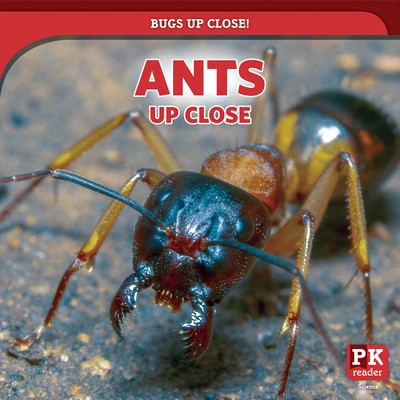
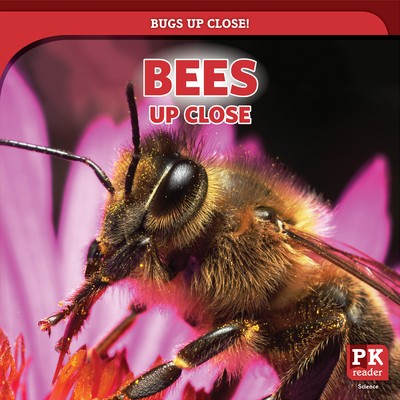
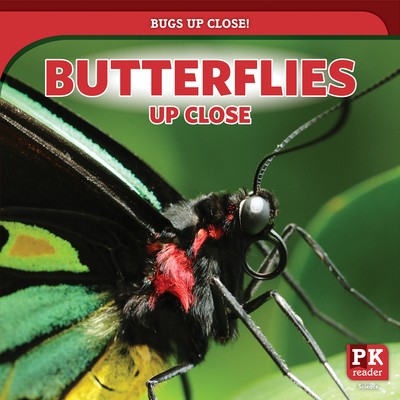
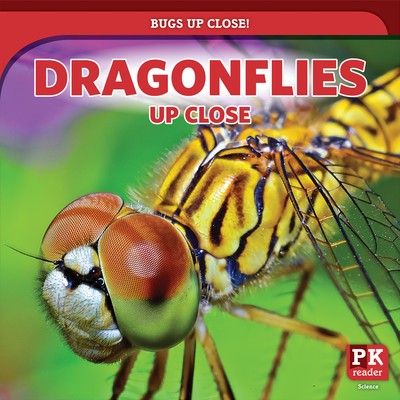
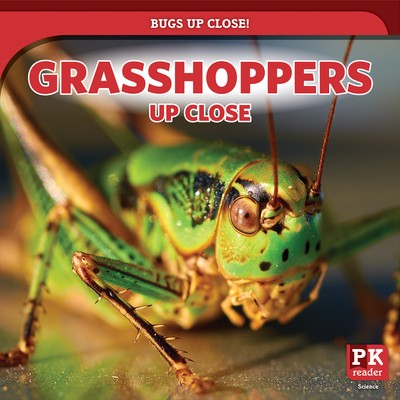
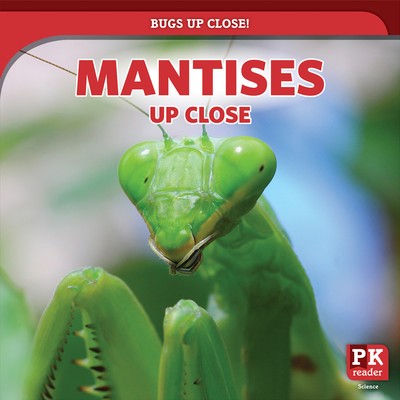
Bugs Up Close!
Bugs are the most plentiful type of creature on the
planet, but most are so small it can be hard to get a good look at one. This set
changes that by providing dozens of close-up photographs of bugs in the wild.
While some people find bugs gross and creepy, these books show readers how
stunning and beautiful they can be. The close-up photographs are paired with
manageable text, which allows readers to make a direct connection with early
elementary science concepts, including life cycles, habitats, and animal
behavior.
• Accessible text is perfect for elementary readers
• Full-color
photographs splendidly display bugs in their natural habitat
• Correlations
to the Next Generation Science Standards help readers learn essential science
concepts















